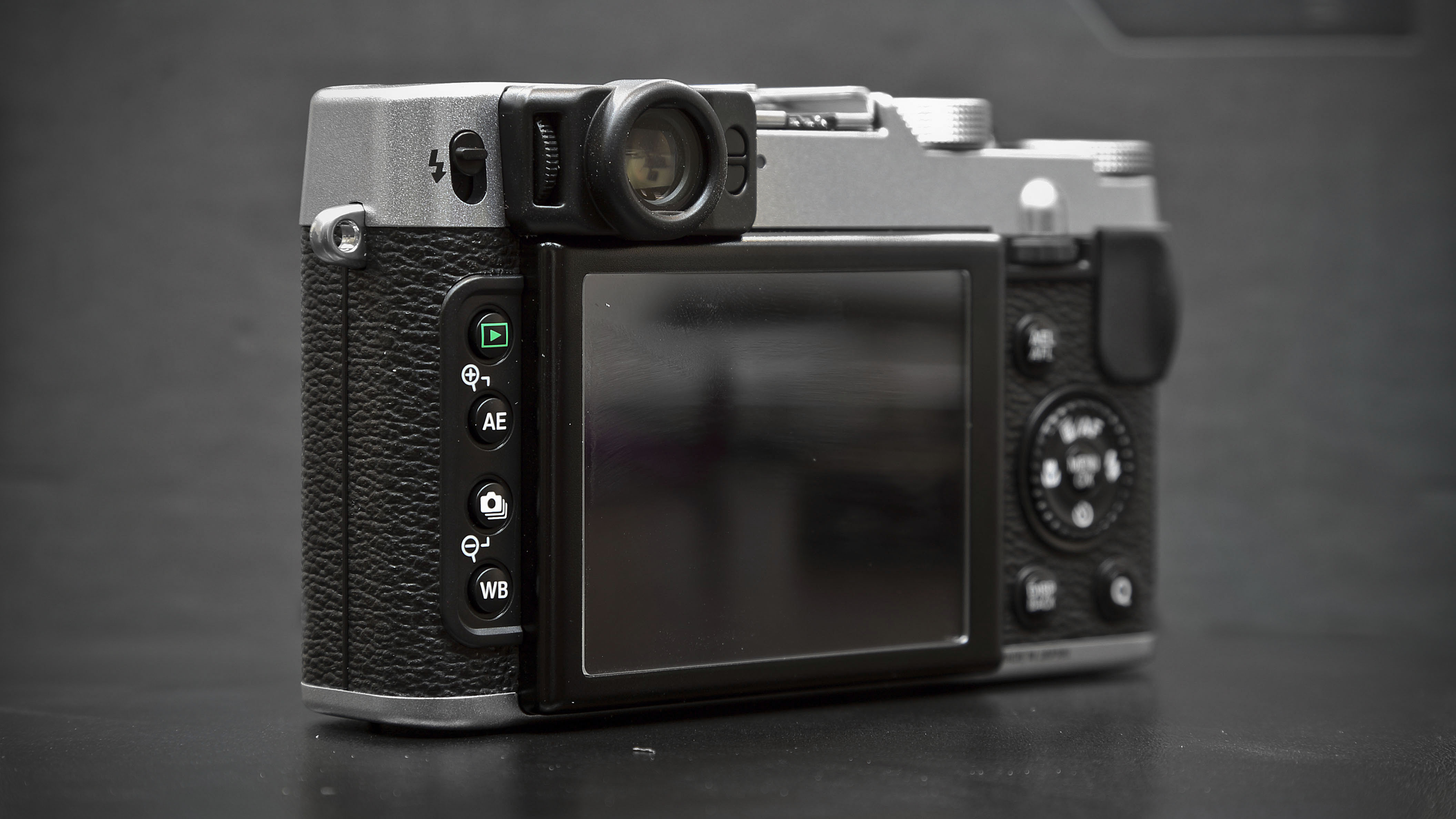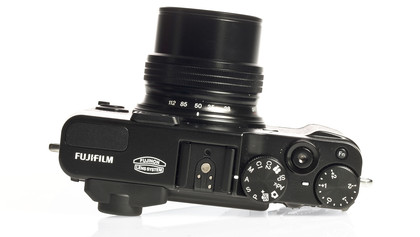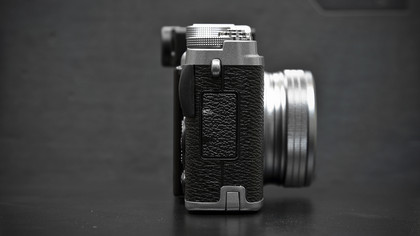TechRadar Verdict
With the X20, Fuji continues its dominance in the corner of the market reserved for high-end compact cameras with superb image quality that exude retro cool. No other manufacturer manages to mix those two qualities together quite so well as Fuji.
Pros
- +
Retro design
- +
Manual controls
- +
Film simulation modes
- +
Viewfinder
Cons
- -
No touchscreen
- -
Creative filters can't be shot in raw format
- -
Fairly limited zoom range
Why you can trust TechRadar
Fuji's FinePix X10 really impressed when we tested it, so naturally we are pleased to learn that the Fuji FinePix X20 that replaces it is fundamentally the same, but with a sensor based on the one in the superb Fuji X-Pro1.
However, while the Fuji X100S and the Fuji X-Pro1 have APS-C format sensors, the Fuji X20 uses a 2/3-inch X-Trans CMOS II device with 12 million effective pixels.
The key feature of the X-Trans CMOS II sensor is that it doesn't use a Bayer RGGB filter array like most cameras. Instead, it has a 6 x 6 RGGB filter array pattern, with a random arrangement of colour filters within each block of 36 photo receptors.

This makes the Fuji X20's sensor less susceptible to moiré patterning than the Fuji X10's, and consequently Fuji has been able to omit the low-pass filter. Low pass or anti-aliasing filters are normally employed to reduce moiré patterning, but they also soften the image a little.
As a result of this filter design, the Fuji X20 is claimed to be able to resolve more detail than the Fuji X10. And thanks to its Lens Modulation Optimiser, Fuji says this is better maintained into the corners of the frame.
In fact, the company also believes that, thanks to its sensor and EXR Processor II combination, the new camera produces images with 30% lower noise levels than the Fuji X10.

Another benefit of the new processor is that it enables a faster start-up time of 0.5 sec, shutter lag of 0.01 sec and a shooting interval of 0.5 sec.
Sign up for breaking news, reviews, opinion, top tech deals, and more.
Fuji tells us that it has made 50 improvements on the Fuji X10 for the Fuji X20, but one of the most useful (after the sensor upgrade) is the addition of a Digital Trans Panel in the viewfinder.
This highly transparent layer displays key information such as shutter speed, aperture, sensitivity and the focus area. Cleverly, it also changes colour according to the scene and shooting conditions, going green in very dark situations, so that it remains visible. A sensor also detects when the camera is held to the eye, and responds by switching off the LCD screen.

As with the Fuji X100S, the Fuji X20 has a hybrid AF system, and some of the green pixels on the sensor double up as phase detection focus pixels. Fuji claims that this system, in combination with the new processor, enables the Fuji X20 to focus in 0.06 sec - faster than the 0.08 sec of the Fuji X100S.
Manual focusing has also been enhanced on the Fuji X20 with the addition of Focus Peaking Highlight, which indicates the areas of highest contrast.
Like the Fuji X10 before it, the Fuji X20 has a Fujinon 7.1-28.4mm f/2-2.8 lens, giving the equivalent focal length of 23mm. This is a good choice for landscape and street photography.
The Fuji X20 is priced at £499.99/US$599.95/AU$652, putting it in the same sort of price bracket as the Canon G15 and Olympus XZ-2.
